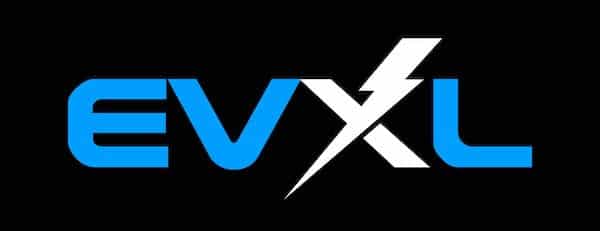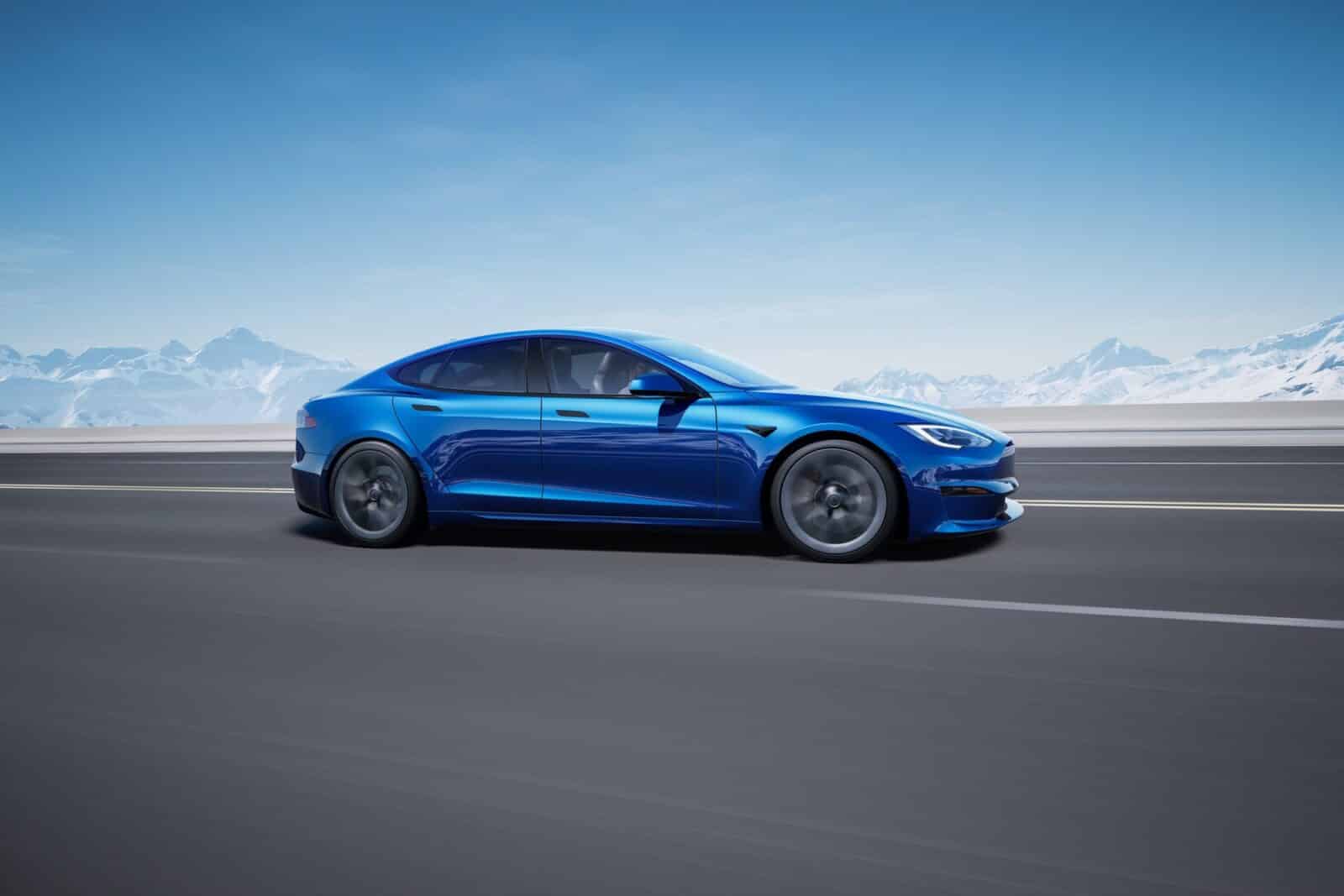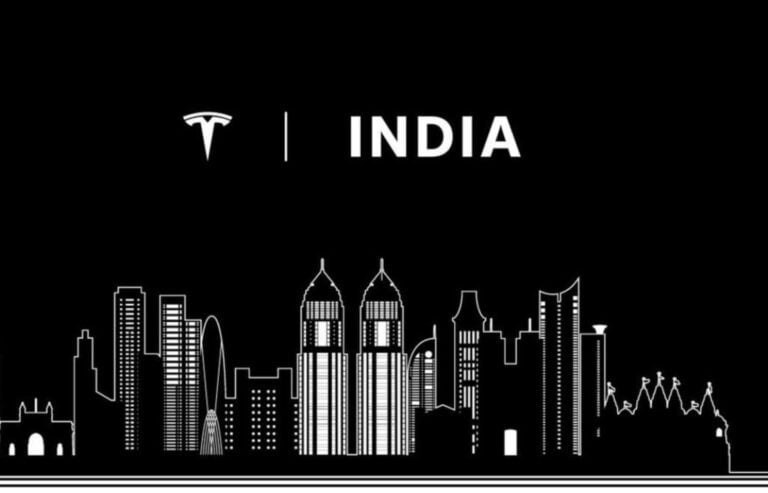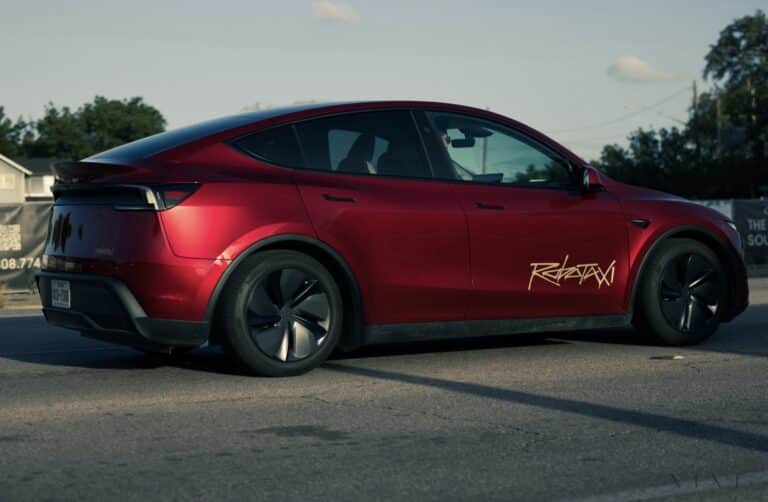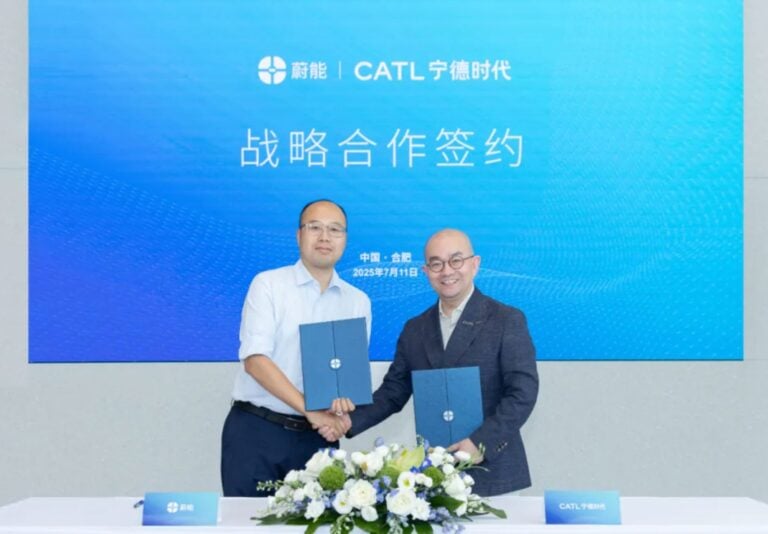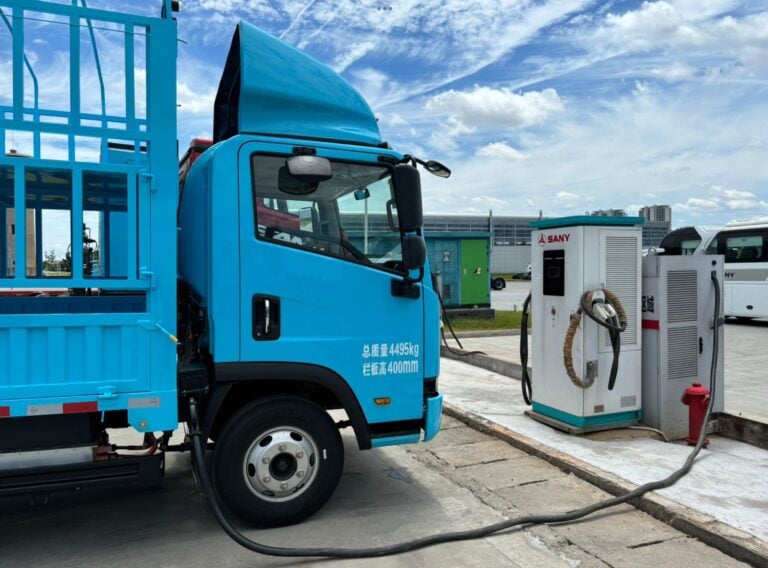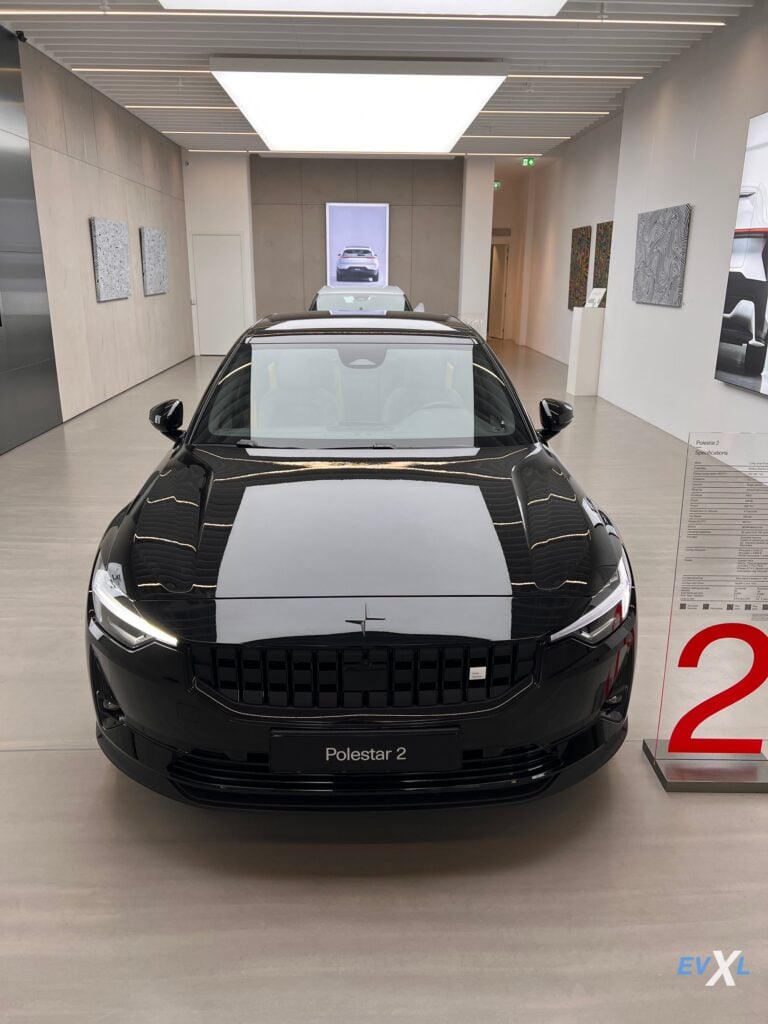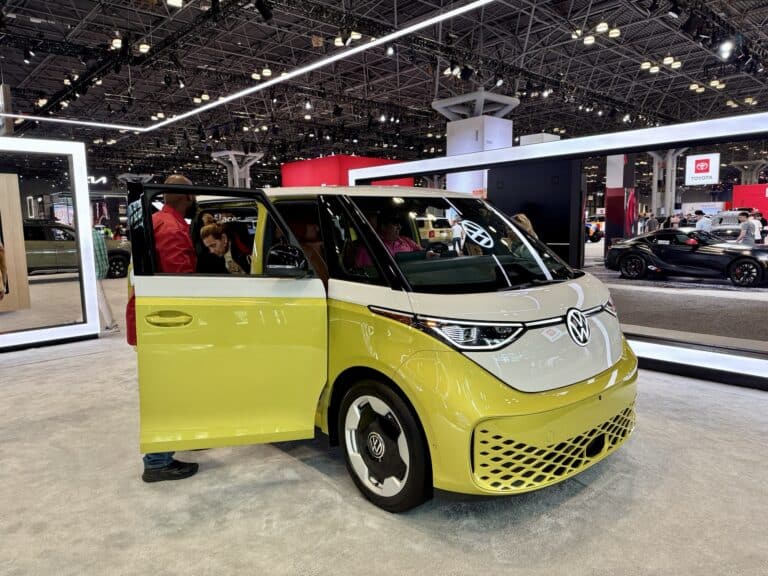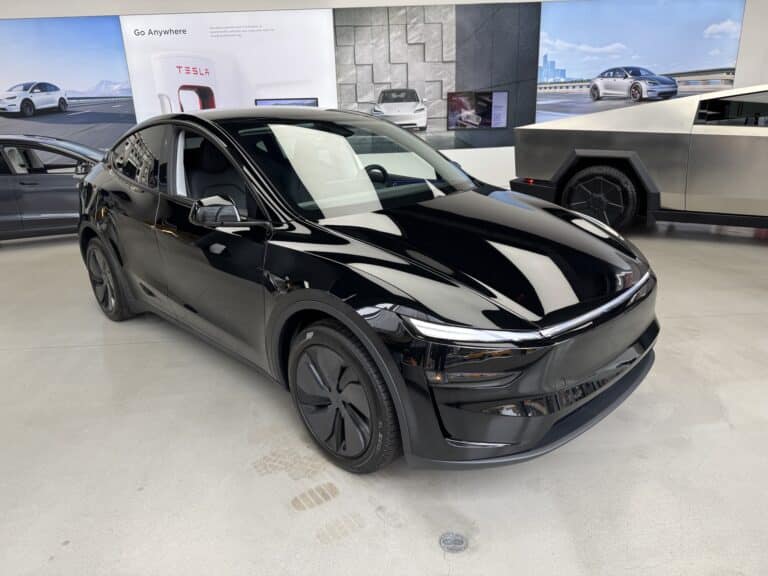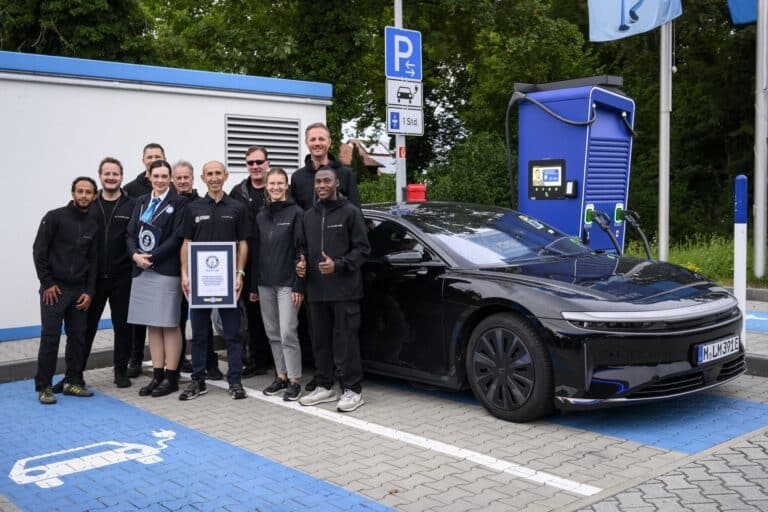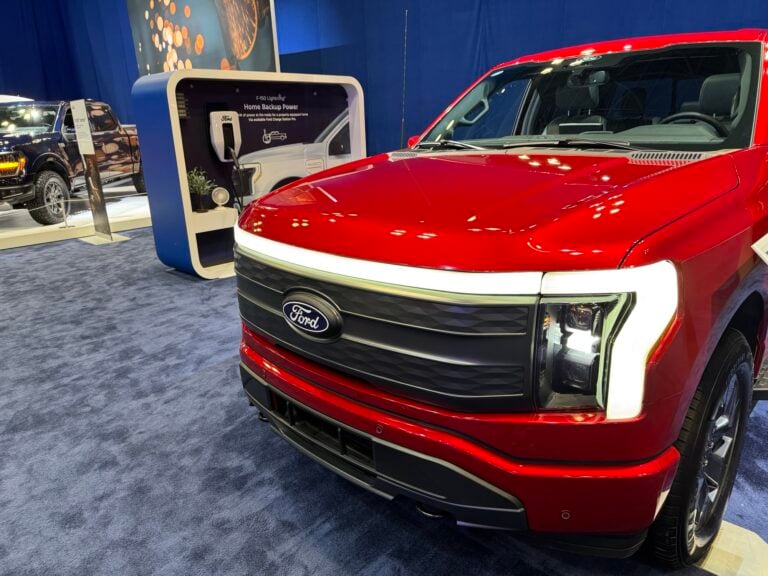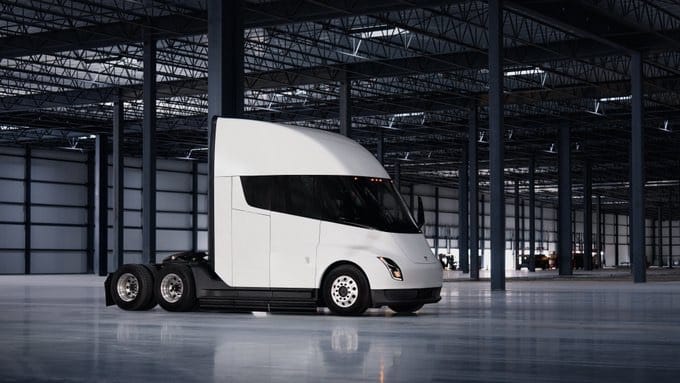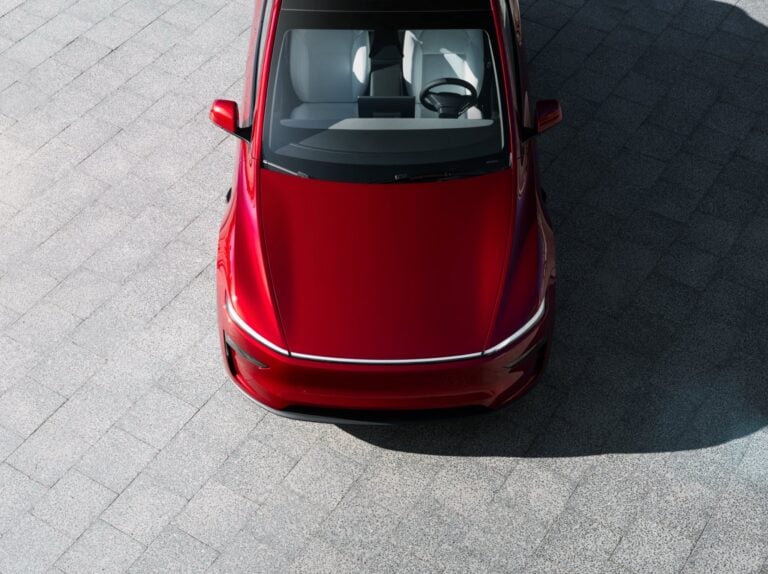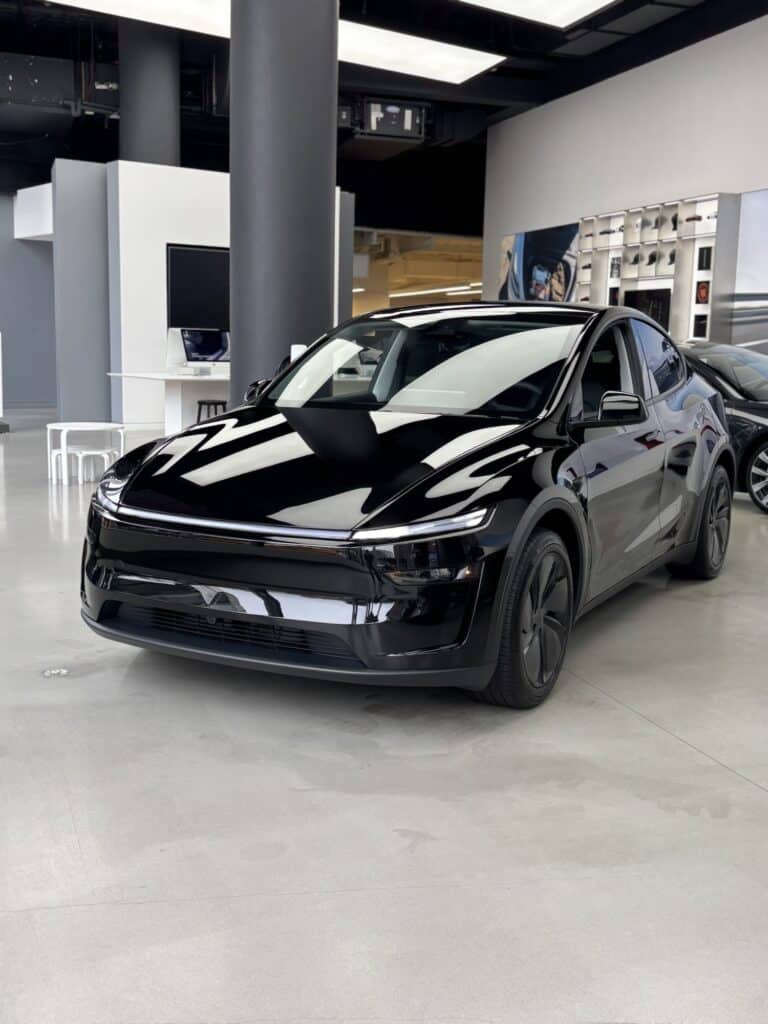Tesla has reintroduced free lifetime Supercharging for new Model S purchases, marking a significant shift in strategy as the automaker appears to be addressing declining sales of its flagship sedan. The incentive, announced on December 13, 2024, comes as Model S deliveries have reportedly reached historic lows.
According to recent delivery data, Tesla’s combined Model S and Model X sales fell to fewer than 10,000 units last quarter, representing a dramatic decline from previous years. When accounting for estimated Cybertruck deliveries of 12,000-15,000 units, the luxury models’ performance appears particularly concerning, showing a 31-37% decrease compared to the same period last year.
The new Supercharging incentive differs notably from Tesla’s previous lifetime charging offers. While the benefit applies for the duration of ownership, it cannot be transferred to subsequent owners, potentially limiting its impact on resale value. Tesla has also explicitly excluded commercial uses, including rideshare and taxi services, from the promotion.
Tesla’s fine print reveals important limitations to the program. The company reserves the right to revoke free Supercharging privileges for “excessive charging” – though this threshold remains undefined – and users remain responsible for idle and congestion fees. These restrictions suggest Tesla is attempting to balance the promotional value against network sustainability concerns that led to the program’s original discontinuation in 2018.
The revival of free Supercharging comes at a critical juncture for Tesla’s premium vehicle segment. While the Model 3 and Model Y continue to drive the company’s overall sales volume, the Model S faces increasing competition from luxury electric vehicles that offer similar or superior range and performance metrics. The incentive appears targeted at maintaining the Model S’s position in the luxury EV market while managing the operational costs that previously made the program “unsustainable,” according to Tesla’s 2018 assessment.
For potential buyers, the actual value proposition varies significantly based on charging habits. While the psychological appeal of “free fuel” is compelling, most EV owners primarily charge at home, where electricity costs are typically lower and charging is more convenient. However, frequent travelers or those without home charging capabilities could realize substantial savings over the vehicle’s lifetime.
This strategic move reflects broader industry challenges in the premium EV segment, where established luxury manufacturers are rapidly expanding their electric offerings. The decision to reinstate free Supercharging suggests Tesla is actively working to maintain its competitive edge in a market segment it once dominated unchallenged.
Discover more from EVXL.co
Subscribe to get the latest posts sent to your email.
